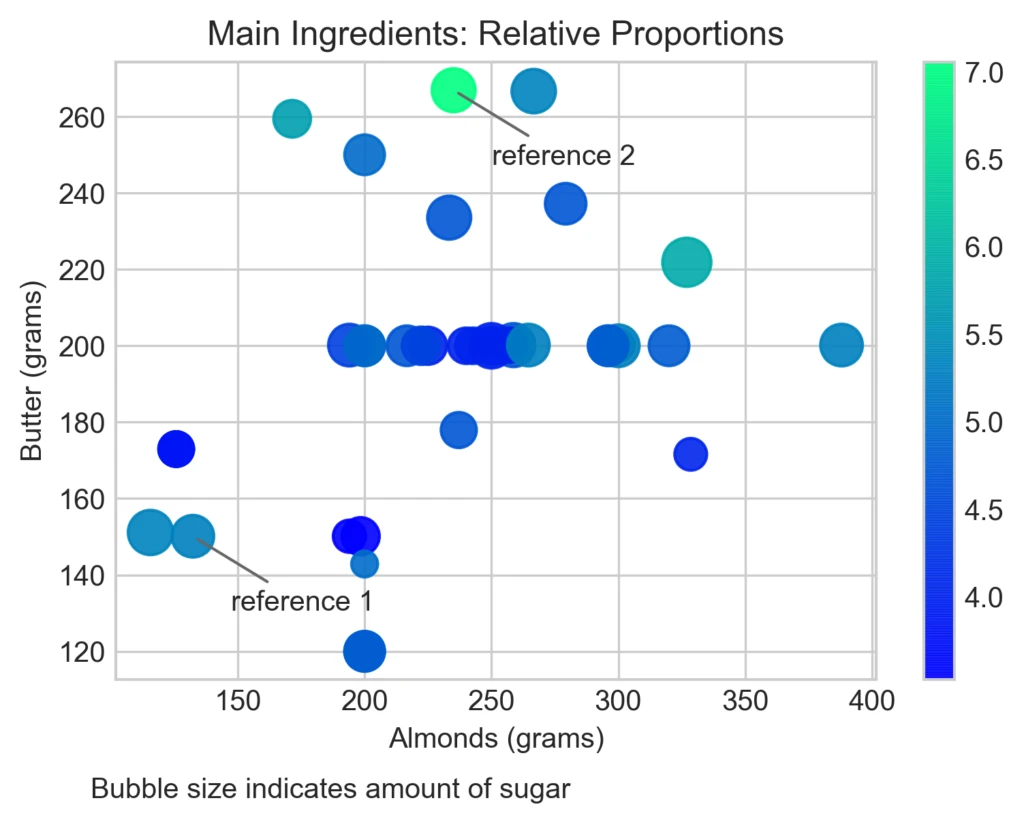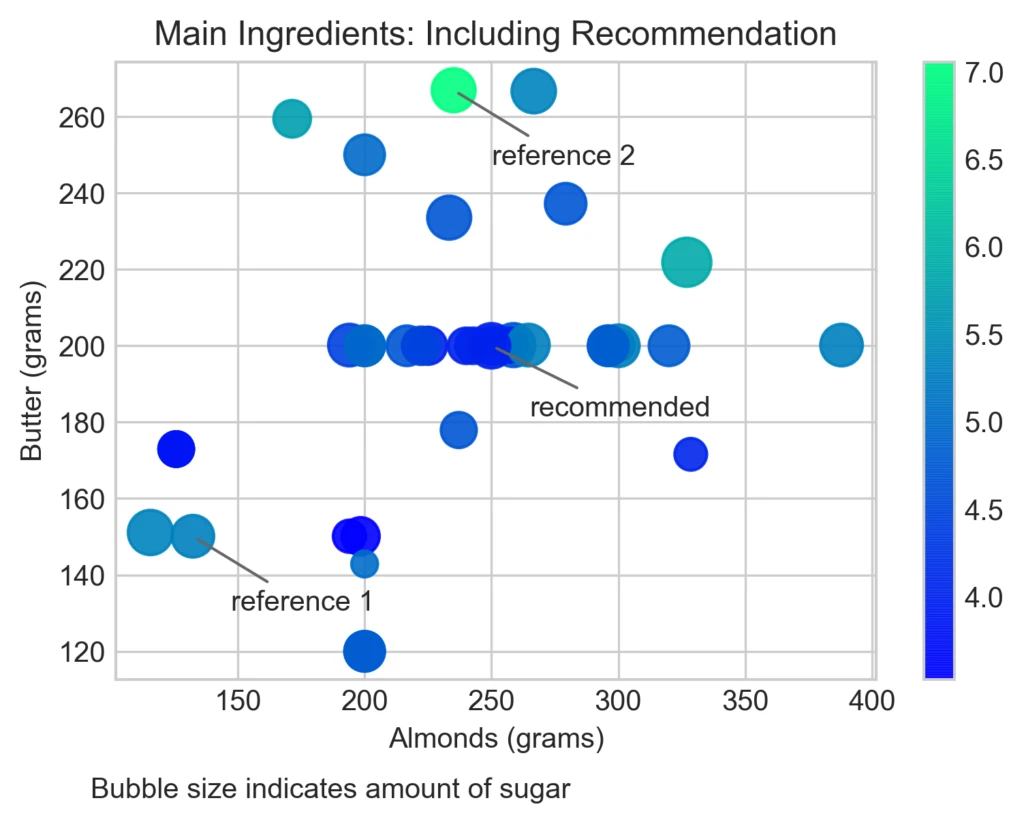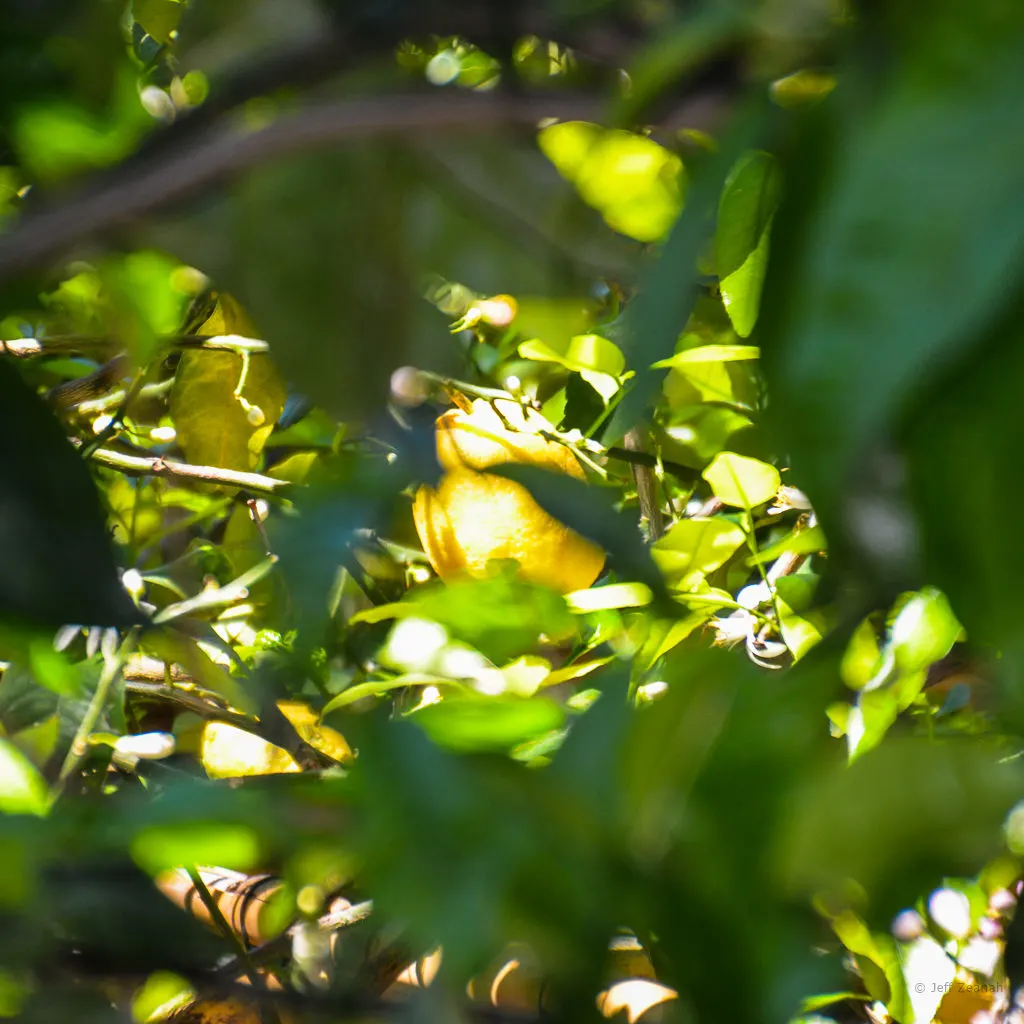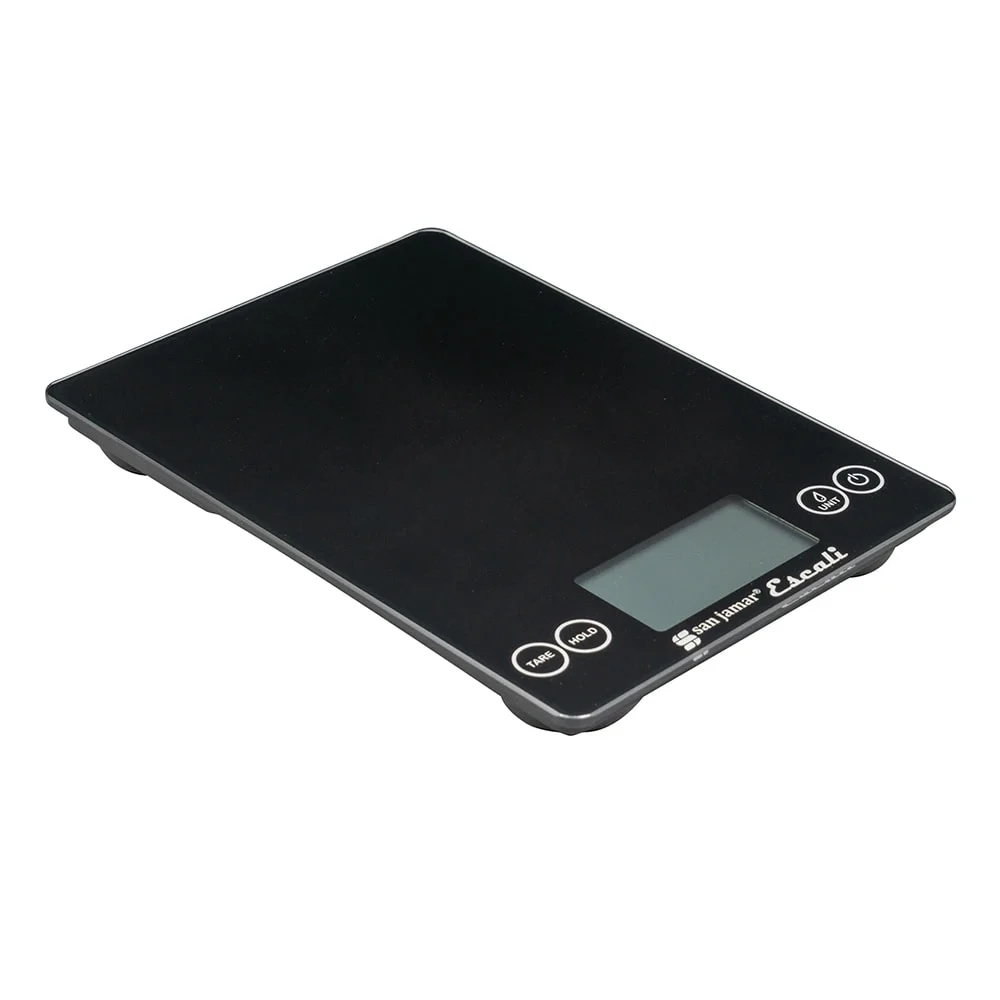Count me among the millions who have traveled to the Amalfi Coast, tasted Amalfi Torta Caprese, and said, “I have to make that when I get home.” Only to be disappointed. It is just not the same. Undoubtedly, some of it is related to the fact that the beautiful views of the Amalfi Coast are missing along with the salt air, but maybe I am just not using the right recipe. Have no fear, I finally got to the right recipe. Go ahead and check it out, or read on to see how I developed it.

Further research seemed in order. Applying the data analytics techniques we are using in this blog, I analyzed multiple sources to determine how to best capture this dish.
Torta Caprese is simple. It is chocolate, almonds, sugar eggs, and butter. But the texture has to be right. Dense, but not too dense. Not too moist, but unquestionably not too dry. Attempts to make the dessert at home proved to produce excellent cakes but seemed to not be spot on. The Zous Chef household just could not replicate the Amalfi experience. Multiple recipes were tried, none completely satisfied.
Recommendations
The following discusses my research and approaches to finding the Torta Caprese of my memories.
If you are short on time and need to jump directly to the recipe, you will find Torta Caprese Perfected posted separately.
Here is a quick summary of recommendations:
- Balancing the main ingredients works well
- Lemon zest is the flavor enhancement needed
- Make your life easy, use a combination of almond flour and whole almonds
To find out the why’s of the recommendations, continue reading.
Issues and Approach
Issues
These are the key questions that need to be addressed in this analysis:
- What proportions of the five main ingredients (chocolate, almonds, butter, sugar and eggs) should be used?
- What accent flavoring should we use?
- How should we prepare the almonds?
- How should we combine the egg
Approach
Using analytics approaches I developed a data set of a little less than 100 postings of recipes claiming to be Torta Caprese. These were generated from a Google search based in the U.S. From these, I identified just under 40 recipes that seemed to be well constructed, thought out, and indeed what I could recognize as Torta Caprese. I removed a handful in Italian for analysis on another day and removed many that seemed to be copies of others or just postings intended as clickbait. (Yes, it happens way too much in food blogging.)
What was left was still a very large variety of approaches and flavors. Full confession: I had a biased view as I started this analysis. We had attempted two recipes found for this dish that at first reading looked good. They are included in this analysis and identified as “Reference 1” and “Reference 2”. Both were good, but neither left me dreaming of the salt air.
Using Natural Language Processing techniques (NLP), the recipes were read and determined what ingredients, measurements, and approaches were used. Typically in any data analysis approach, we look to find the pattern and the variation. In the practice of analyzing approaches to cooking, the pattern is the consensus way to do a recipe. This is, of course, meaningful. The variation can be thought of as something different. Is it noise (or error)? If so, it likely should be avoided. Or is the variation an inspiration of creativity? Just what we need for the dish to succeed.
The proportion of Main Ingredients
Torta Caprese is made from five main ingredients: chocolate, almonds, butter, sugar, and eggs. Any discussion begins with these ingredients.
The very first step of the analysis was to normalize the recipes by equating the amount of chocolate. Commonly, the recipes called for 200 grams (7 ounces) of bittersweet chocolate. There was some variety with some calling for more, some less. Normalizing means I scaled all ingredients based on the 200 grams of chocolate so that the proportions remained the same. So for example, if a recipe originally called for 250 grams of chocolate and 200 grams of almonds, I “normalized” by decreasing 20%. So my new normalized recipe called for 200 grams of chocolate and 160 grams of almonds. By applying this to all recipes and all ingredients, I could compare all across the board.
Immediately after my first look at the data, it was obvious that the two early experiments with Torta Caprese were actually extremes. This is clear on the following graph.

This graph has four dimensions presented. The x-axis (across the page) is the amount of almonds in the recipe, the y-axis (down the page) is the amount of butter, the size of the bubbles is the amount of sugar and lastly, the color of the bubbles is the number of eggs. Given that we have normalized the recipes so that there is always 200 grams of chocolate, we have all the main ingredients displayed together to be compared.
It is obvious from this graph how my two previous experiments were extreme. Reference 1, is relatively low in butter and almonds. It is about normal in sugar. Reference 2 is relatively high in eggs (in fact the highest) and also high in butter. Both were OK, but I have to admit Reference 1 was just a good chocolate dessert and Reference 2 was tasty but dry. Neither brought on the sea breezes.
It is obvious from this graph how my two previous experiments were extreme. Reference 1, is relatively low in butter and almonds. It is about normal in sugar. Reference 2 is relatively high in eggs (in fact the highest) and also high in butter. Both were OK, but I have to admit Reference 1 was just a good chocolate dessert and Reference 2 was tasty but dry. Neither brought on the sea breezes.
Recommended Main Ingredients
Recognizing I have tested two extremes and was not happy with them, I tested and settled on a combination of the main ingredients close to the average of the sample. Picking the average is perhaps not too inspired, but it doesn’t mean it is wrong either. Regardless, I liked the outcome.
The following graph shows my recommended combination of main ingredients.

For 200 grams of chocolate, I recommend 200 grams of butter, 175 grams of sugar, 250 grams of almonds and 4 eggs. This produces a nice balance of chocolate and almonds.
About the Chocolate
All recipes called for a bittersweet, or baking chocolate, consisting of 63% to 70% cacao. I recommend 70% for the recipe. Fortunately, there are several fine varieties of chocolates today. Choose your favorite.
Accent Flavoring
I once read a comment from James Beard, that he had grown to avoid ordering chocolate in restaurants. His logic was he loved chocolate, but frankly chocolate is so good, that pastry chefs can be lazy. If he really wanted to know how good a pastry chef is he needed to order something else. Perhaps the corresponding thought is also, chocolate is good, why does it need much else?
With these thoughts in mind, I reviewed the accent flavorings found in the recipes. By far the most common accent flavoring was vanilla extract. A variety of liqueurs were listed of various flavors. Lemon zest and orange zest were also included.
When I first tasted Torta Caprese (while experiencing the views and the sea breezes) I recognized a subtle taste that separated the dessert from just another chocolate cake. Finding the accent that matched those memories was a matter of trial and error.
I settled on vanilla extract and lemon zest. The lemon zest is somewhat unusual for an ingredient with chocolate, but absolutely fits the requirement for refreshing the memories. Not to mention appropriate given the famous Amalfi Lemons.

Techniques
The techniques of this dish are straightforward, however in the case of the almonds, a bit of work.
How the almonds are prepared, and how the eggs are added affect the texture of the cake I found using a combination of almond flour and whole almonds works well and that separating the eggs and beating the egg whites gives a better texture. Regardless, of the technique used or recipe I have tried, I have found that the texture and flavor of the cake are always better the next day.
Preparing the Almonds
Almost every recipe reviewed offered advice on the preparation of the almonds. Indeed, this component does make the dish. I found that varying the textures is the best plan. Using a food processor is an option, but in a home environment, you will likely find yourself creating almond butter instead of an almond meal. One restaurateur suggested putting the almonds in a plastic bag and beating them a bit before final chopping. I have found this to work well. However, following the lead of a couple of the recipes, I call for a combination of almond flour and whole almonds chopped. Commercially prepared almond flour saves a lot of effort.
If you find that you do not have both, the same quantity of either will work.
Adding the Eggs
Recommendations varied as to whether the eggs should be added whole, generally creamed with the sugar or separated with whites beaten. Having decided on the lower quantity (four), separating and beating the egg whites seemed to improve texture.






